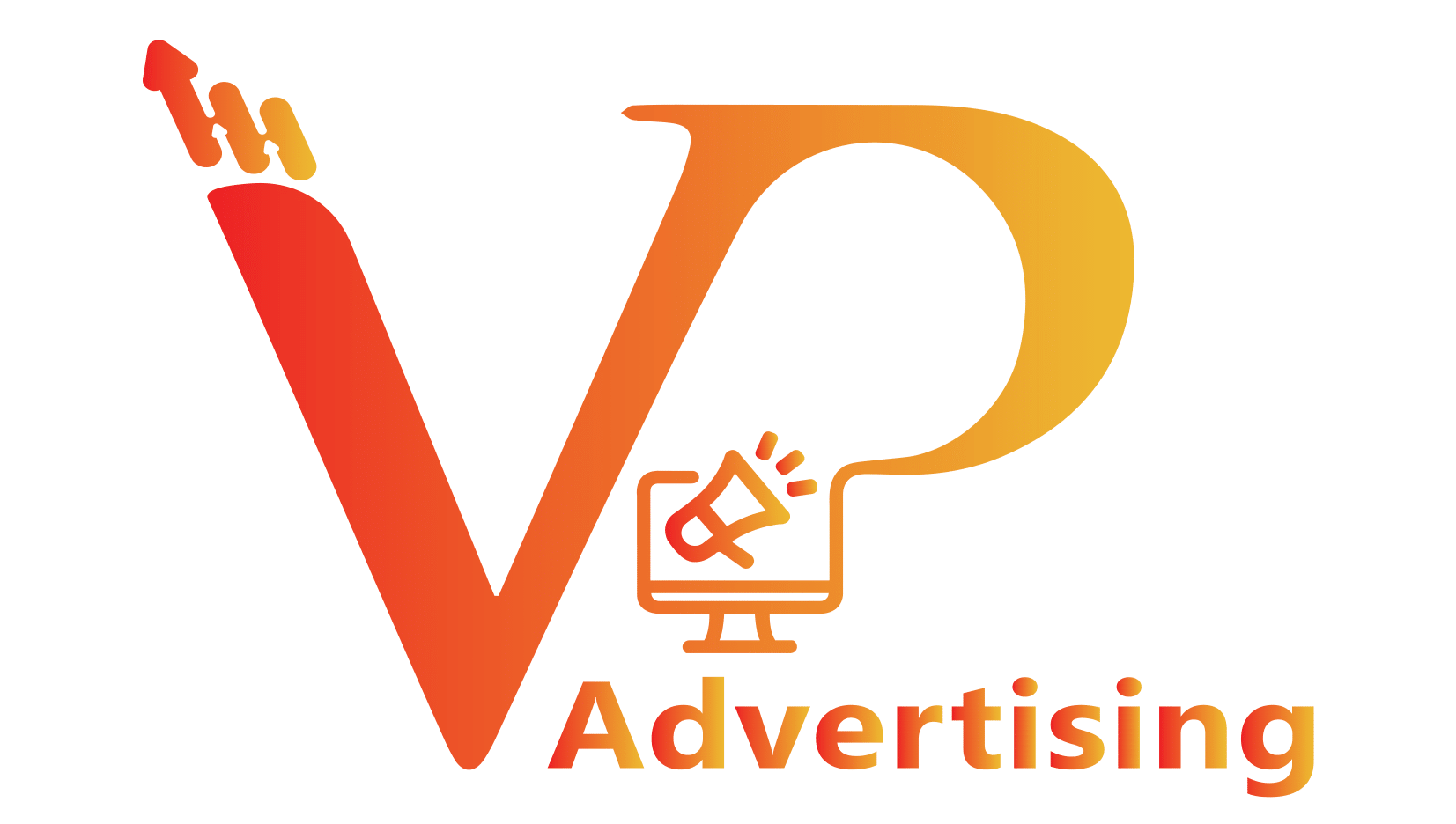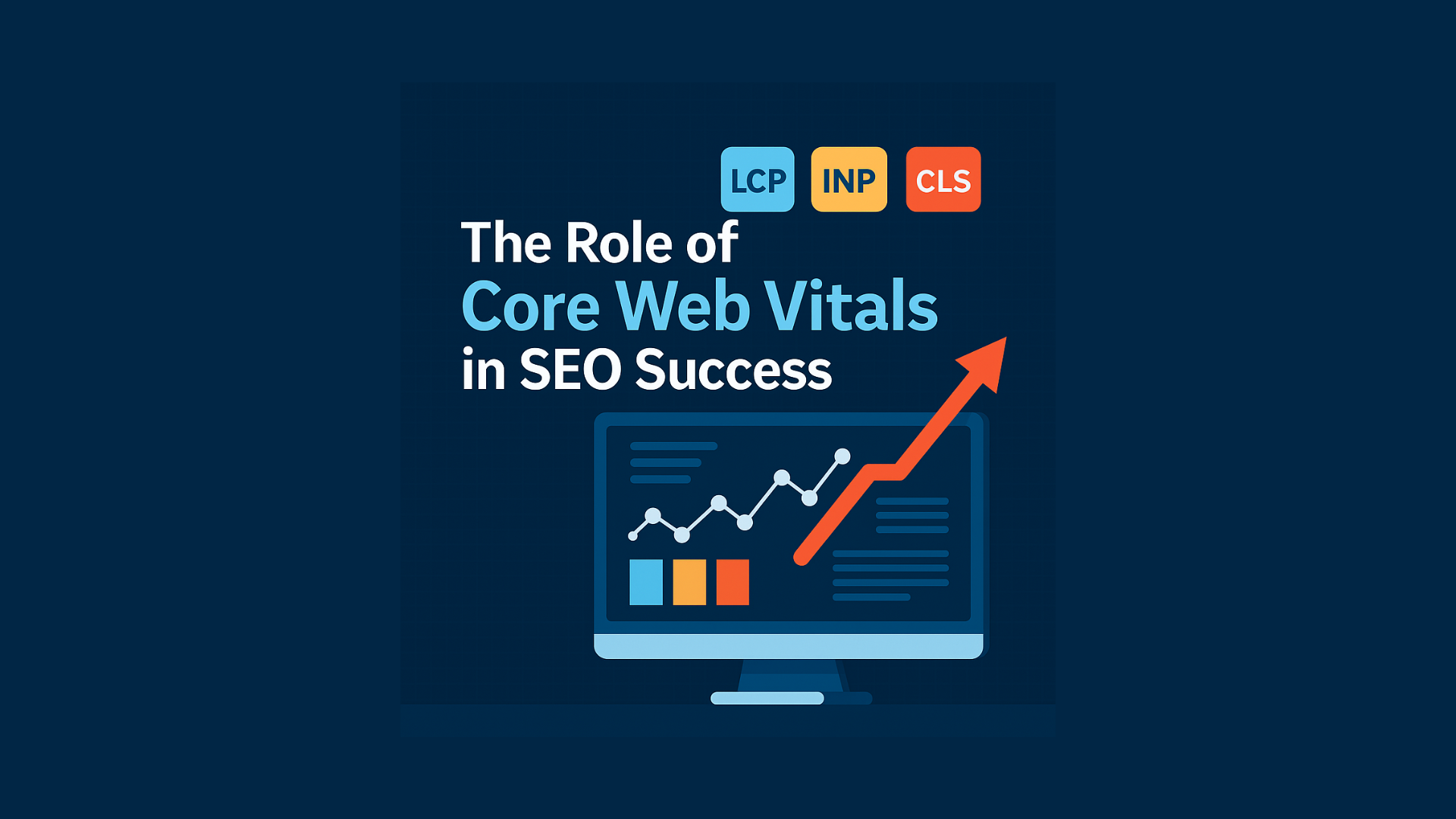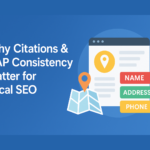- September 5, 2025
- Categories: SEO
- Tags:
The Role of Core Web Vitals in SEO Success
Search engines are getting smarter, and user experience is now at the heart of modern SEO. Google has made it clear that speed, stability, and responsiveness are key ranking factors. This is where Core Web Vitals come into play. If you’re aiming for long-term SEO success, understanding and optimizing these metrics is no longer optional—it’s essential.
What Are Core Web Vitals?
Core Web Vitals are a set of three performance metrics defined by Google to measure how users experience a webpage. They focus on loading speed, interactivity, and visual stability.
- Largest Contentful Paint (LCP) – Measures loading performance.
- Ideal benchmark: under 2.5 seconds.
- Example: The time it takes for the main banner image or largest text block to appear.
- Ideal benchmark: under 2.5 seconds.
- First Input Delay (FID) – Measures interactivity.
- Ideal benchmark: under 100 milliseconds.
- Example: How quickly a site responds when a user clicks a button.
- Ideal benchmark: under 100 milliseconds.
- Cumulative Layout Shift (CLS) – Measures visual stability.
- Ideal benchmark: less than 0.1.
- Example: Preventing annoying shifts when ads or images suddenly move page content.
- Ideal benchmark: less than 0.1.
(Note: Starting March 2024, FID is being replaced by Interaction to Next Paint (INP), which measures overall responsiveness more accurately.)
Why Core Web Vitals Matter for SEO
1. They Are a Ranking Factor
Google officially includes Core Web Vitals as part of its Page Experience update. Websites that score better in these metrics can gain a competitive edge in search rankings.
2. Direct Impact on User Engagement
- Faster loading pages = lower bounce rates.
- Smooth, stable layouts = higher session duration.
- Responsive interactivity = more conversions.
3. Competitive Advantage
If two websites have equally strong content, the one with better performance metrics often outranks the other.
How to Measure Core Web Vitals
There are several free and paid tools you can use:
- Google PageSpeed Insights – Quick performance report with improvement suggestions.
- Lighthouse – Built into Chrome DevTools for detailed audits.
- Google Search Console (Core Web Vitals Report) – Tracks how your pages perform over time.
- WebPageTest & GTmetrix – Advanced performance testing tools.
Best Practices to Improve Core Web Vitals
Improving Largest Contentful Paint (LCP)
- Optimize and compress large images.
- Use next-gen formats like WebP or AVIF.
- Implement lazy loading for below-the-fold content.
- Use a reliable hosting service and CDN to reduce server response times.
Improving First Input Delay (FID) / INP
- Minimize heavy JavaScript execution.
- Use code splitting and defer unused scripts.
- Reduce third-party script bloat.
- Prioritize critical scripts for faster responsiveness.
Improving Cumulative Layout Shift (CLS)
- Always set fixed dimensions for images, ads, and iframes.
- Avoid inserting dynamic content above existing content.
- Use CSS aspect-ratio boxes for media.
- Ensure consistent font rendering by preloading web fonts.
Case Study: How Core Web Vitals Boost Rankings
For example, an e-commerce brand optimized its LCP from 4.5s to 2.1s and reduced CLS issues across product pages. Within three months:
- Bounce rate dropped by 22%
- Organic traffic increased by 15%
- Conversion rate improved by 10%
This shows that Core Web Vitals are not just for rankings—they directly impact revenue.
The Future of Core Web Vitals and SEO
Google is continuously evolving its algorithm. With INP replacing FID and more performance-based metrics on the horizon, businesses must adopt a performance-first mindset. A strong technical foundation combined with great content is the formula for SEO success in 2025 and beyond.
Core Web Vitals are no longer just technical jargon—they are key drivers of SEO performance and user satisfaction. By improving loading speed, responsiveness, and stability, you not only climb higher in search rankings but also deliver an experience that keeps users coming back.




